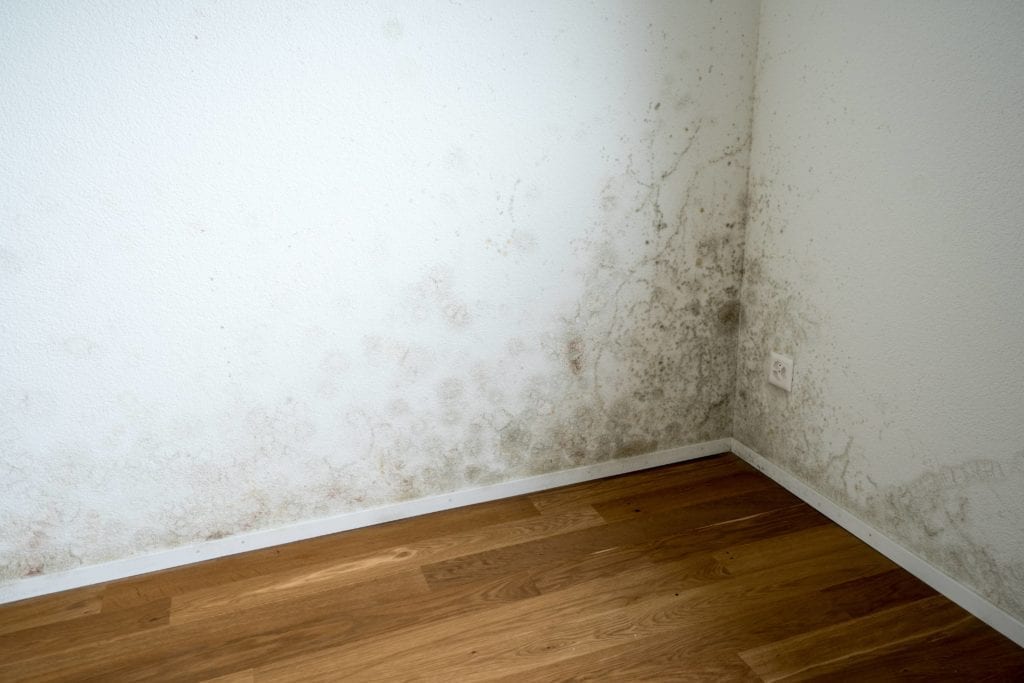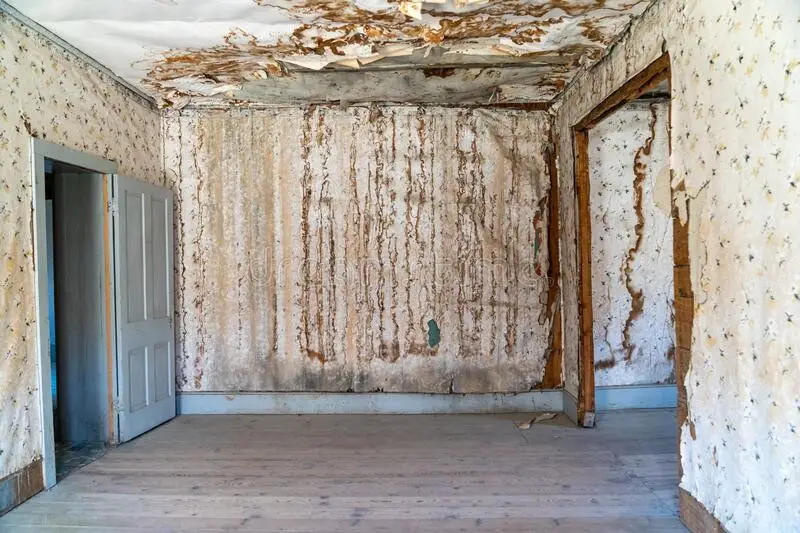Stain from Water on Walls - Inspection and Repair Advice
Stain from Water on Walls - Inspection and Repair Advice
Blog Article
We've encountered this post relating to Water Stains on Walls listed below on the net and believe it made perfect sense to write about it with you on this site.

Water stains on wall surfaces are not pleasant to the eyes. Occasionally it seems practically unpreventable to experience water stains on wall surfaces in homes.
Property owners residing in humid areas regularly manage the worry of water discolorations on walls. Yet that doesn't have to be the case for you. With all-round and precise information on the reasons for water stains as well as punctual repair service processes, you will certainly constantly be a step ahead of such incidents. So, this article guarantees to be a handy guide for you.
3 Common Reasons For Water Discolorations on Walls
As opposed to popular belief, water spots on wall surfaces do not always originate from inadequate building materials. There are a number of root causes of water spots on wall surfaces. These consist of:
Poor Drain
When making a structure strategy, it is crucial to guarantee sufficient drain. This will avoid water from seeping into the walls. Where the drain system is blocked or nonexistent, underground moisture builds up. This links to too much moisture that you see on the wall surfaces of your structure.
The leading reason of wet walls, in this case, can be a poor drainage system. It can additionally be due to bad administration of sewage pipes that go through the structure.
Moist
When hot moist air meets with completely dry chilly air, it triggers water droplets to base on the walls of buildings. When there is heavy steam from cooking or showers, this occurs in washrooms and kitchen areas. The water droplets can discolor the surrounding walls in these parts of your residence as well as spread to various other locations.
Moist or condensation affects the roofing and also walls of structures. When the wall is damp, it creates an appropriate setting for the growth of germs and fungi.
Pipeline Leaks
Most residences have a network of water pipelines within the walls. It always enhances the stability of such pipelines, as there is little oxygen within the walls.
A disadvantage to this is that water leakage affects the walls of the building as well as creates prevalent damages. An indication of damaged pipelines is the appearance of a water discolor on the wall.
Water Spots on Wall: Repair Service Tips
Property owners would usually want a quick fix when handling water spots. Yet, they would soon recognize this is detrimental as the water discolorations reoccur. Right here are a few valuable suggestions that will lead you in the repair of water discolorations on wall surfaces:
Pro Tip
A houseplant in your home also raises its humidity. If the house is currently damp, you might desire to introduce houseplants with very little transpiration. An example of suitable houseplants is succulents.
Conclusion
No one desires to have water stains on wall surfaces in their house, it can happen to the finest of us. This article offers you leverage, as you currently know exactly how to handle this problem if it does happen.
It is constantly best to recruit expert solutions to assist fix the damages in your house.
Often it seems nearly inevitable to experience water spots on wall surfaces in homes.
In contrast to preferred belief, water discolorations on walls do not always stem from inadequate building materials. There are numerous reasons of water stains on wall surfaces. The water droplets can discolor the surrounding wall surfaces in these components of your home as well as spread to various other areas.
Below are a few handy suggestions that will certainly guide you in the repair service of water discolorations on walls:
How to Fix Water Stains On Walls
Water stains on walls aren’t something anyone enjoys to look at in their home. It might seem like an easy option to just paint over the stain, but it will take more than that. It’s very important to determine if there is an ongoing problem causing the stain, and fixing that before you go any further. If you don’t follow the steps, you could have more problems down the line.
Solve the Underlying Issue
Water stains on walls are a big sign of water damage. Seeing this is your signal to find out where the water could be coming from. Most likely this is due to a leak somewhere in your plumbing, but there could be other causes. These problems can be from somewhere outside your home as well. If you can’t determine where the leak is coming from, call your local plumber to find the leak and repair it.
Here are some common reasons water damage can occur:
Plumbing failures Construction failures Natural events Appliance failures Dry the Area
Once you’ve fixed the underlying problem, you need to make sure the area is completely dry. You can do this using dehumidifiers and fans. Place the dehumidifier on the highest setting in between two fans. Depending on how large the stain is, it can take hours to completely dry. Even if the wall only feels a little damp, it’s still important to fully complete the drying process. If you’re in count, go ahead and allow the fans and dehumidifier to run overnight.
Remove Loose Material
Water stains on walls may be covering more damage than what you can see. Use a painter’s knife or a putty knife to scrape away at any loose paint or material from the wall. If the damage is minor, you will just be scraping away at the layers of paint. If the damage is more prominent, you may need to scrape away deeper into the wall to remove all the damaged material.
Clean the Area With Bleach
Once you’ve removed all the damaged material and the water stains from the walls, use a bleach mixture to sanitize the area. If it’s not sanitized, it can lead to mold. Carefully wipe down the area to avoid letting bleach drip onto your floors or furniture. Make sure when you are cleaning the area to get into every crevice to ensure mold will not be able to grow. After you have done this, allow it to air dry completely before moving to the next step.
Repair the Wall if Needed
Now that the area is cleaned, it’s time to repair the wall. If you had to scrape away at more than just the paint on the wall, you will need to use drywall mud to fill in any cracks, dents, or crevices. Use your painter’s knife to smooth it over and let it dry. Use some sandpaper to sand it down to make it even with the wall. If you need to do a few layers, that’s completely fine. Just make sure to allow it to dry between each layer.
https://www.1tomplumber.com/how-to-fix-water-stains-on-walls/

Do you really like reading about Indicators of Water Damage Behind Walls? Make a remark directly below. We would be delighted to know your responses about this blog entry. We are looking forward that you visit us again later on. Sharing is nice. Helping others is fun. Thank you so much for going through it.
Ready when you are! Report this page